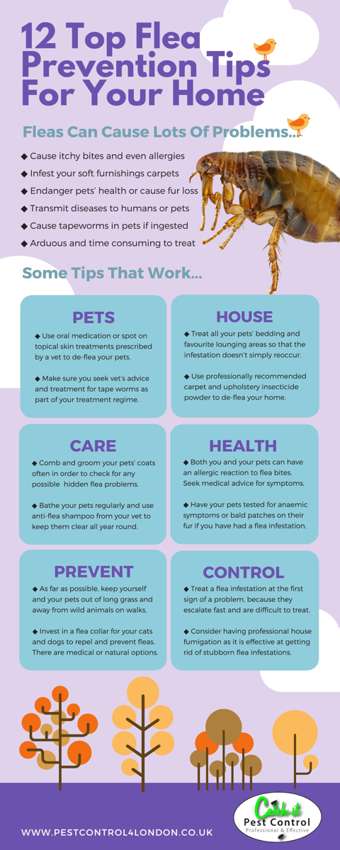Utilize Your Knowledge Of Rodent Nesting Actions To Outwit These Pest Monitoring Strategies
Utilize Your Knowledge Of Rodent Nesting Actions To Outwit These Pest Monitoring Strategies
Blog Article
Material Author-Wynn Doyle
When it involves rodent control, understanding usual rodent actions is essential to effectively taking care of infestations. Did you recognize that rodents have some interesting nesting habits that might shock you? By exploring their complex habits, you can obtain beneficial understandings into how to take on rodent problems in an extra critical and efficient way. So, let's decipher the secrets behind these animals' activities and learn exactly how to outsmart them in your rodent control efforts.
Rat Nesting Habits
When observing rats in their all-natural habitat, you'll discover that they proactively look for materials to build their nests. Rodents, such as mice and rats, are resourceful animals that use a variety of products like branches, leaves, paper, and textile to construct their homes. They're precise in their nest-building procedure, typically lining their nests with softer products like hair or feathers to create a comfy setting.
Rats like to construct their nests in surprise and safe and secure areas to shield themselves and their young from killers. Usual nesting spots include wall dental caries, attics, cellars, and also within insulation products. By building german roach killer in these secluded locations, rodents can securely increase their children far from possible threats.
It is essential to understand the nesting practices of rodents when carrying out control actions. By disrupting their nests or removing products, you can prevent rats from developing an existence in your house or property. Appropriate cleanliness and sealing off entrance points are likewise critical steps in stopping rodent invasions.
Rodent Feeding Patterns
After observing rats' nesting habits, it comes to be apparent that their feeding patterns play a critical function in their daily lives and actions. Rats, consisting of mice and rats, are opportunistic feeders, implying they'll eat whatever food resource is easily available. They're largely nocturnal creatures, liking to forage for food during the cover of night to avoid killers.
Rats have a diverse diet, ranging from grains, seeds, fruits, and veggies to bugs, nuts, and even small animals. This flexibility in their food choices enables them to grow in various environments, including metropolitan locations where human food resources are plentiful.
https://docs.google.com/spreadsheets/d/11M6uqTa5GD7C0me1M7UYYv240lSuvgaiGvl6PEtCF5I/edit?usp=drive_link feeding patterns aren't only driven by hunger however also by the demand to stock food for times of deficiency. This actions is specifically recognizable in preparation for winter months or when nesting. Rodents are known to hoard food in their nests or burrows, guaranteeing a consistent food supply. Comprehending their feeding patterns is necessary in implementing reliable rodent control steps to disrupt their food resources and avoid infestations.
Rat Motion and Traveling
Rodents navigate their environments with dexterity and stealth, using their keen senses to relocate swiftly via their environments. These creatures are skilled climbers, able to scale wall surfaces and upright surfaces with ease. They can additionally squeeze via remarkably tiny openings, making it crucial to seal any kind of possible entry points in your house.
When it concerns traveling, rats tend to comply with familiar paths, creating routes along wall surfaces or skirting the sides of areas. They're creatures of habit, commonly staying with these developed routes as they forage for food or discover their environments.
Rats are understood for their nighttime behaviors, so you might hear them hurrying about at night as they search for food and water. Their movements fast and unpredictable, allowing them to dart in and out of sight in the blink of an eye.
Comprehending how rats move and travel can assist you recognize possible invasion locations in your home and take aggressive steps to avoid these bugs from acquiring a foothold.
Conclusion
As you work to regulate rats in your house, keep in mind that comprehending their actions is vital. By acknowledging their nesting practices, feeding patterns, and motion, you can properly stop invasions.
Coincidentally, by taking positive steps to get rid of food sources and seal entrance points, you can interrupt their familiar courses and compel them to choose brand-new places, ultimately lowering the chance of rodent existence in your home.
